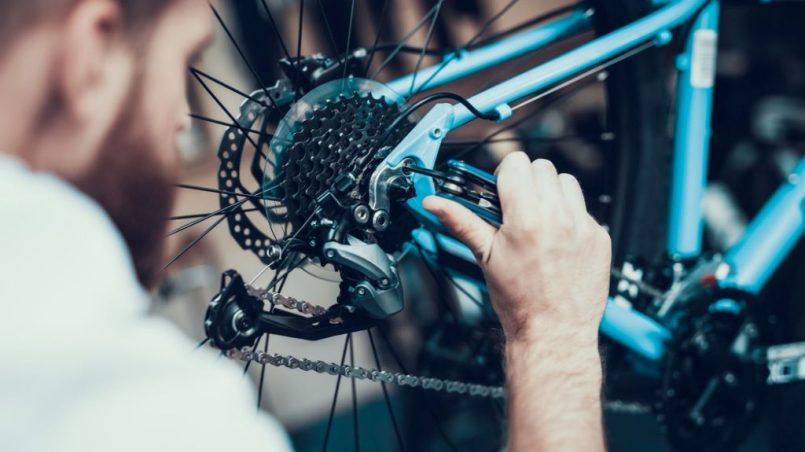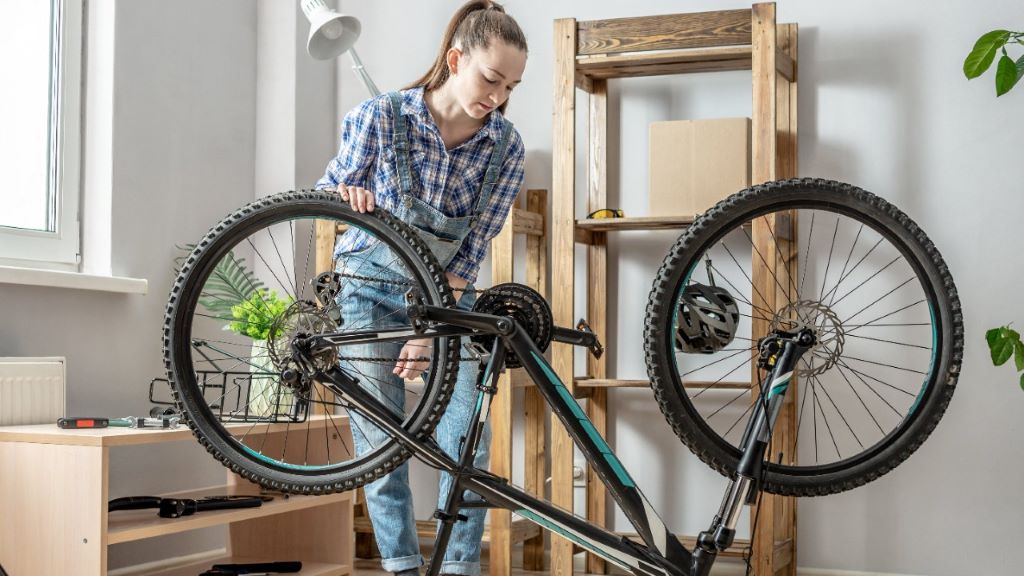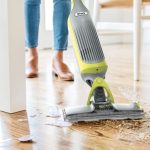Every cyclist knows the joy of a smooth ride down their favorite trail or street. However, that perfect cycling experience depends heavily on one crucial factor: regular bike maintenance. Whether you’re a weekend warrior or a daily commuter, keeping your bicycle in top condition is essential for both performance and safety. According to cycling experts at Cyclist View, proper maintenance can extend your bike’s lifespan by years while ensuring every ride remains enjoyable and secure.
Regular maintenance goes far beyond simply keeping your bike looking good. Additionally, it plays a vital role in preventing accidents and costly repairs. When cyclists follow proper cyclist safety tips, they significantly reduce their risk of mechanical failures that could lead to dangerous situations on the road. Therefore, understanding the importance of routine bike care becomes essential for anyone who values their safety and cycling experience.
Moreover, well-maintained bicycles perform better in all conditions. They respond more predictably to rider input, brake more effectively, and shift more smoothly. This enhanced performance translates directly into increased confidence and enjoyment during every cycling adventure.
Why Regular Maintenance Matters for Safety
Safety represents the most compelling reason to maintain your bicycle regularly. Furthermore, mechanical failures often occur at the worst possible moments, such as when navigating busy intersections or descending steep hills. A properly maintained bike significantly reduces these risks.
Brake systems require particular attention since they literally serve as your lifeline during emergencies. However, brake pads wear down gradually, and cables can stretch or fray over time. Without regular inspection and replacement, these critical components may fail when you need them most. Additionally, tire pressure affects your bike’s handling characteristics and stopping distance.
Chain maintenance also impacts safety in unexpected ways. A poorly lubricated or worn chain can skip gears suddenly, potentially causing loss of control. Therefore, keeping your drivetrain clean and properly adjusted ensures predictable power transfer and smooth shifting throughout your rides.
Essential Maintenance Tasks Every Cyclist Should Know
Basic bike maintenance doesn’t require professional mechanical skills. However, learning a few fundamental tasks can save money while keeping your bicycle running smoothly. The most important regular maintenance activities include cleaning, lubrication, and basic adjustments.
Cleaning your bike after every few rides removes dirt, grime, and corrosive substances that can damage components. Additionally, regular cleaning allows you to spot potential problems before they become serious issues. Use mild soap and water, avoiding high-pressure washers that can force water into bearings and other sensitive areas.
Chain lubrication deserves special attention since it affects multiple systems simultaneously. A well-lubricated chain reduces wear on expensive components like cassettes and chainrings. Moreover, proper lubrication ensures smooth, quiet operation and efficient power transfer from your legs to the wheels.
Tire pressure checks should happen before every ride. Therefore, invest in a quality floor pump with a pressure gauge. Properly inflated tires roll more efficiently, handle better, and resist punctures more effectively. Additionally, they provide better traction in various weather conditions.
How Maintenance Prevents Costly Repairs
Preventive maintenance costs significantly less than emergency repairs or component replacements. Furthermore, neglected bikes often require multiple expensive fixes simultaneously. For example, a dirty chain can wear out cassettes, chainrings, and derailleurs prematurely, turning a simple chain replacement into a major overhaul.
Regular brake pad replacement costs much less than replacing warped rotors or worn rims. However, many cyclists wait until they hear grinding sounds before addressing brake issues. By then, additional components may require replacement, multiplying repair costs unnecessarily.
Cable and housing replacement provides another example of cost-effective preventive care. Additionally, old cables can snap suddenly, potentially causing crashes or leaving you stranded. New cables cost relatively little but prevent inconvenient and potentially dangerous failures.
According to bicycle industry data from Bicycle Retailer, cyclists who perform regular maintenance spend approximately 60% less on repairs annually compared to those who only fix problems after they occur.
Creating an Effective Maintenance Schedule
Developing a consistent maintenance routine helps ensure nothing gets overlooked. However, the frequency of various tasks depends on riding conditions, mileage, and bike type. Road cyclists who ride in dry conditions can often go longer between services than mountain bikers or commuters who face harsh weather.
Weekly tasks should include cleaning the bike, checking tire pressure, and inspecting the chain for wear or contamination. Additionally, test your brakes and shifters to ensure they’re functioning properly. These quick checks take only a few minutes but can prevent major problems.
Monthly maintenance involves deeper inspection and care. Therefore, remove and clean the chain thoroughly, check brake pad wear, and inspect cables for fraying or corrosion. Additionally, examine tires for cuts, embedded debris, or excessive wear patterns that might indicate alignment issues.
Seasonal maintenance typically requires professional assistance unless you have advanced mechanical skills. However, this comprehensive service includes bearing inspection, wheel truing, and complete drivetrain adjustment. Moreover, seasonal service provides an opportunity to identify worn components before they fail completely.
Professional Maintenance vs DIY Care
Many maintenance tasks fall within the capabilities of average cyclists with basic tools and patience. However, certain jobs require specialized equipment or expertise that justify professional service. Understanding this distinction helps optimize your maintenance budget while ensuring proper care.
DIY maintenance typically includes cleaning, basic lubrication, tire changes, and simple adjustments. Additionally, learning these skills builds confidence and saves money over time. However, invest in quality tools since cheap alternatives often cause more problems than they solve.
Professional maintenance becomes necessary for complex tasks like wheel building, bearing replacement, or suspension service. Furthermore, modern bikes often feature electronic shifting or hydraulic braking systems that require specialized knowledge and tools. Therefore, building a relationship with a reputable bike shop ensures access to expert service when needed.
Additionally, professional mechanics can spot potential problems that inexperienced cyclists might miss. Their trained eyes often identify wear patterns or alignment issues that could lead to component failures or safety hazards.
Signs Your Bike Needs Immediate Attention
Recognizing warning signs helps prevent minor issues from becoming major problems. However, some symptoms indicate immediate safety concerns that require prompt attention. Never ignore these red flags, even if your bike seems rideable.
Unusual noises often signal developing problems. Additionally, grinding sounds from brakes indicate excessive pad wear that could damage expensive rotors or rims. Clicking or skipping from the drivetrain suggests chain or derailleur problems that could worsen rapidly.
Handling changes deserve immediate investigation. Therefore, if your bike pulls to one side, feels unstable, or requires constant steering corrections, inspect wheels, tires, and headset bearings. Moreover, spongy brake feel or excessive lever travel indicates air in hydraulic systems or stretched cables.
Visual inspection reveals many potential problems before they cause failures. However, look for cracked frames, worn tires, frayed cables, or loose components during every pre-ride check. Additionally, rust or corrosion on critical components like seat posts or handlebars requires immediate attention.
Conclusion
Regular bike maintenance represents one of the most important investments any cyclist can make. Therefore, developing consistent maintenance habits ensures safer rides, better performance, and lower long-term costs. Additionally, well-maintained bicycles provide more enjoyable cycling experiences while lasting significantly longer than neglected ones.
The importance of regular bike maintenance extends beyond simple cost savings. However, the safety benefits alone justify the time and effort required for proper care. Moreover, learning basic maintenance skills builds confidence and deepens your connection with your bicycle.
Whether you choose DIY maintenance or professional service, consistency remains key. Furthermore, establishing routines and sticking to them prevents small issues from becoming expensive problems. Therefore, make bike maintenance a priority, and enjoy the rewards of safer, smoother, and more reliable cycling for years to come.
Frequently Asked Questions
How often should I clean my bike? Clean your bike after every 3-4 rides in normal conditions, or immediately after riding in wet, muddy, or dusty environments. Additionally, quick wipe-downs after each ride help prevent dirt buildup and make thorough cleaning easier.
What tools do I need for basic bike maintenance? Essential tools include tire levers, a multi-tool with hex keys, a chain tool, a floor pump with gauge, and basic cleaning supplies. However, start with these basics and add specialized tools as your skills and needs develop.
How do I know when my brake pads need replacement? Inspect brake pads regularly for wear indicators or excessive thinning. Additionally, replace pads when they’re worn down to 1-2mm thickness, or immediately if you hear grinding sounds during braking.
Can I use household products to clean my bike? Mild dish soap and water work well for basic cleaning. However, avoid harsh detergents, degreasers not designed for bikes, or high-pressure washers that can damage bearings and seals. Therefore, invest in bike-specific cleaning products for best results.
When should I take my bike to a professional mechanic? Seek professional help for complex tasks like wheel truing, bearing replacement, or when you’re uncomfortable performing repairs yourself. Additionally, annual professional tune-ups help identify problems you might miss and ensure optimal performance.
Read More:
CAN YOU RIDE A MOUNTAIN BIKE ON THE ROAD?


